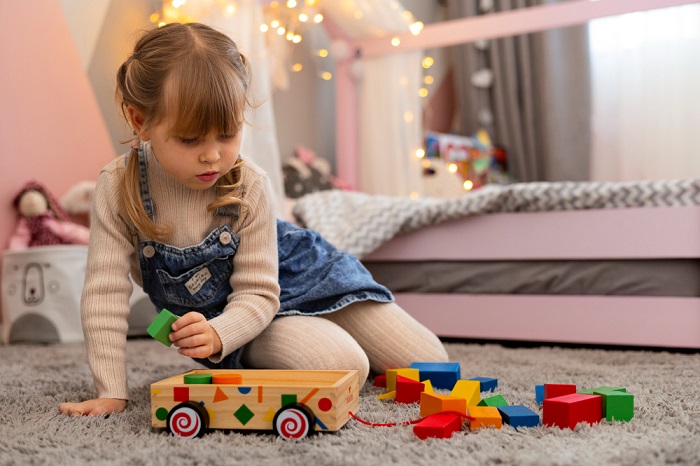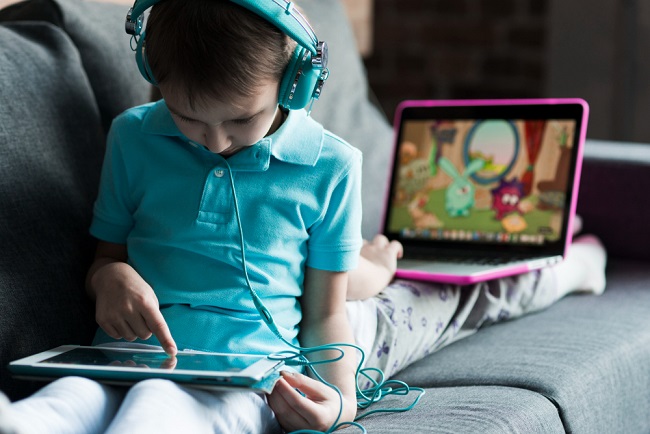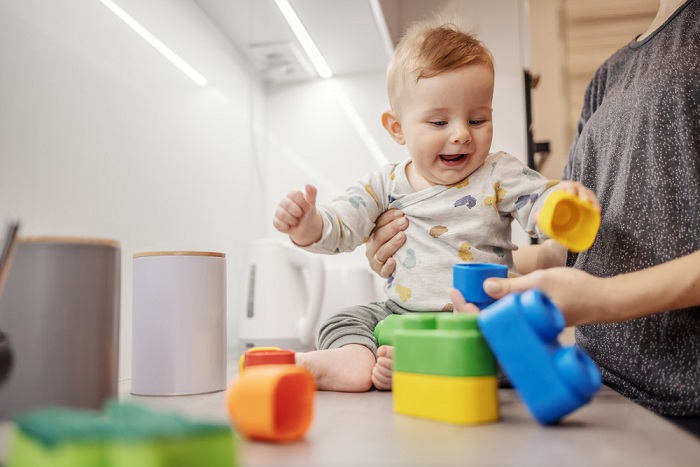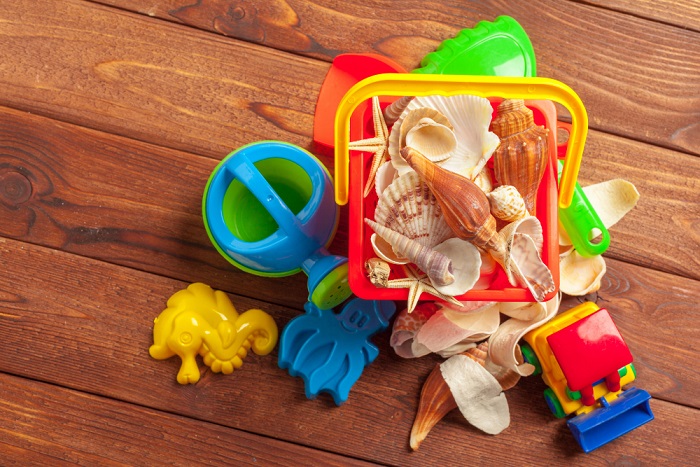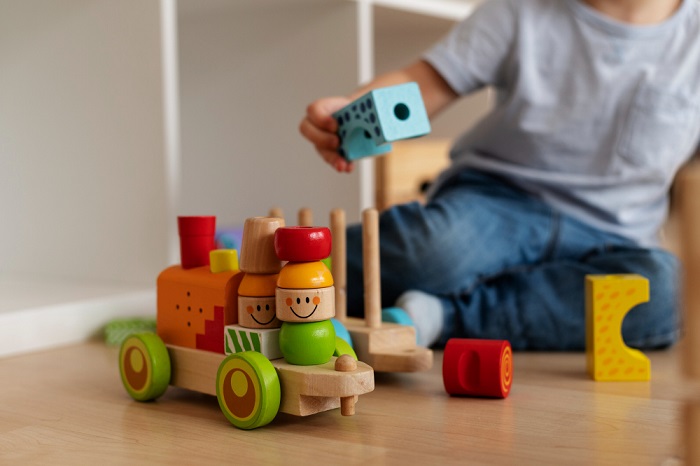Choosing toys for children can be an exciting yet daunting task for parents. With countless options available, it’s essential to select toys that are not only safe but also promote learning and development. In this ultimate guide, we’ll explore key factors to consider when choosing safe and educational kids toys for kids of all ages.
Safety Standards and Certifications:
When selecting toys, prioritize safety by checking for compliance with safety standards and certifications. Look for toys labeled with symbols such as the ASTM International (American Society for Testing and Materials) or CPSC (Consumer Product Safety Commission) certification. These indicate that the toy has undergone rigorous testing for safety and meets industry standards.
Age Appropriateness:
Consider your child’s age and developmental stage when choosing toys. Select toys that are suitable for their age group to ensure they are both safe and engaging. Age recommendations are typically provided on toy packaging to help guide your selection.
Non-Toxic Materials:
Choose toys made from non-toxic materials to protect your child’s health and well-being. Avoid toys containing harmful chemicals such as lead, phthalates, and BPA (bisphenol A). Look for toys labeled as “non-toxic,” “BPA-free,” or “phthalate-free” to ensure they are safe for play.
Durable Construction:
Opt for toys with durable construction to withstand rough play and frequent use. Look for sturdy materials such as wood, metal, or high-quality plastics that can withstand wear and tear. Avoid toys with small parts that could break off and pose a choking hazard.
Educational Value:
Choose toys that offer educational value and promote learning and development. Look for toys that stimulate creativity, problem-solving skills, and critical thinking. Consider toys that encourage exploration, experimentation, and hands-on learning experiences.
STEM (Science, Technology, Engineering, Mathematics) Toys:
STEM toys are designed to introduce children to key concepts in science, technology, engineering, and mathematics through play. Consider toys such as building sets, robotics kits, and coding games that foster curiosity and STEM skills development.
Open-Ended Play:
Select toys that promote open-ended play, allowing children to use their imagination and creativity. Look for toys with multiple uses and possibilities, such as building blocks, pretend play sets, and art supplies. Open-ended toys encourage children to think creatively and engage in self-directed play.
Sensory Stimulation:
Choose toys that provide sensory stimulation to engage children’s senses and promote sensory development. Look for toys with different textures, colors, sounds, and shapes that stimulate touch, sight, hearing, and fine motor skills. Sensory toys can be especially beneficial for children with sensory processing differences.
Social and Emotional Development:
Consider toys that support social and emotional development by promoting empathy, communication, and cooperation. Choose toys such as dolls, puppets, and board games that encourage social interaction, role-playing, and emotional expression. These toys help children develop social skills and navigate interpersonal relationships.
Safety Features:
Pay attention to safety features when choosing toys, especially for young children. Look for toys with rounded edges, secure battery compartments, and non-toxic finishes. Avoid toys with sharp edges, small parts, or strings that could pose choking or strangulation hazards.
Age-Appropriate Complexity:
Select toys that match your child’s developmental level and abilities. For younger children, choose toys with simple designs and features that are easy to grasp and manipulate. As children grow older, introduce toys with increasing complexity and challenges to support their cognitive development.
Multi-Functional Toys:
Choose toys that offer multiple functions and ways to play to keep children engaged and entertained. Look for toys with interchangeable parts, modular designs, and adjustable features that allow for different play experiences. Multi-functional toys encourage creativity and extend play value.
Interest and Preferences:
Consider your child’s interests and preferences when selecting toys. Choose toys that align with their hobbies, passions, and developmental milestones. Pay attention to their favorite activities, characters, and themes to make playtime more enjoyable and meaningful.
Environmental Impact:
Take into account the environmental impact of toys when making your selection. Choose toys made from sustainable materials, recycled plastics, or eco-friendly alternatives. Look for toys with minimal packaging or packaging that is recyclable or biodegradable.
Parental Supervision:
Finally, remember that parental supervision is essential when children are playing with toys, especially young children. Monitor your child’s play, provide guidance and support as needed, and regularly inspect toys for signs of wear or damage.
Conclusion:
In conclusion, choosing safe and educational toys for children requires careful consideration of factors such as safety, age appropriateness, educational value, and environmental impact. By following these tips and guidelines, parents can make informed choices that promote their child’s health, development, and enjoyment of playtime. Remember to prioritize safety, encourage creativity, and foster a love of learning through the toys you select for your children.
